Dee’s Early Years with Nen Daiko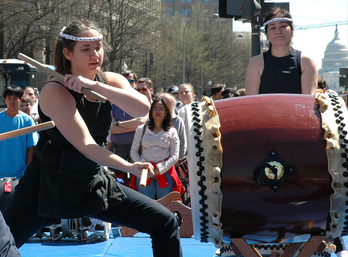 Dee playing with Nen Daiko in 2005 Dee playing with Nen Daiko in 2005
Dee moved from Hawaii to attend George Mason University. She started playing with Nen Daiko as a college freshman. As she wrote in her farewell letter to us, “Everything was so new and unfamiliar, and the culture was so different from my upbringing. Finding a taiko group out here helped me feel like I’d found a small piece of home in this 'foreign' land.”
Dee had played taiko since she was a girl and brought a wealth of expertise to Nen Daiko even as a young woman. She adjusted to the Nen Daiko style of playing taiko. She overcame shyness to engage with a whole new group of people. Dee’s Favorite Songs in Nen Daiko’s Repertoire
Dee tells a story about her first year with Nen Daiko, when Nennie Greg Nakamura composed a taiko song for his friends’ wedding. In one week, and with the composition still in flux, Dee learned the piece to play at the wedding. It was called Shiawase Ondo, which means happiness, and became Dee’s favorite piece of all Nen Daiko’s repertoire.
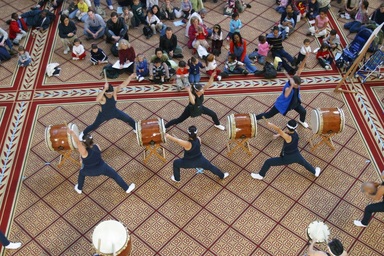 Nen Daiko plays Yamabiko in 2004 at the National Building Museum Nen Daiko plays Yamabiko in 2004 at the National Building Museum
When asked what song she would most miss playing, Dee said it would be Yamabiko, a happy song with lots of movement and dancing. The drummers face each other as we play, and we share energy with big smiles and loud shouts of encouragement. As Dee wrote, “I can’t help but smile when playing this piece and everyone’s energy is just so infectious.”
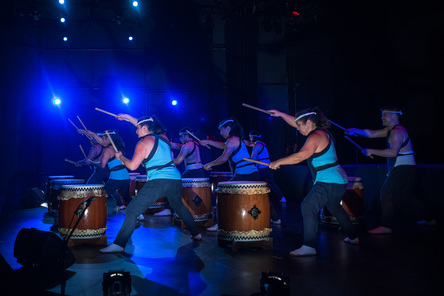 Rouga at 20th Anniversary Concert, 2014 (Photo: Evan Michio) Rouga at 20th Anniversary Concert, 2014 (Photo: Evan Michio)
Dee describes the song Rouga as “the most challenging piece that I have ever learned and also the most different.” This song represents a wolf pack chasing prey. It requires us to stand in a very different stance than typical taiko songs, so that we look like we are ready to pounce.
“In the time we’ve spent on this piece, I’ve really been able to learn about the art of subtlety, and have become more attuned to body awareness,” said Dee. That is really saying something, because one of Dee’s many talents is her ability to watch someone play and articulate very clearly and kindly how they can improve their playing. Dee has trained many Nennies, all with varying body shapes and musical backgrounds, to play in a way that looks cohesive. Nen Daiko Celebrates Dee’s Contributions
Dee’s last performance as a Nennie was at our Obon festival last July, where Nen Daiko and the audience applauded her.
This month, Nennies from past and present came together to share memories of Dee. We ate her favorite spaghetti and meatballs from the restaurant Villa Bella, along with many homemade treats such as her favorite Funfetti cupcakes.
We made a slideshow and a scrapbook. We sang Aloha ʻOe, accompanied by Kevin Koyama on ukulele and Greg Nakamura on piano – which was moving for all of us. (Video by Chris Bistline)
Thank You Dee
It’s not easy to put into words the impact that Dee made on Nen Daiko. She often sets the standard of how to play the songs in our repertoire, making it look effortless. She always listens with a smile, sneaks in a word of encouragement and shows up every time. She laughs easily and remembers everything. You can’t play the shime part to that song? Ask Dee. You are not sure where we put the tape / bolt / rope? Ask Dee. Thank goodness there is Skype so we can ask Dee.
There are many reasons to play taiko, and being part of a group that cares for each other is by far one of the most important reasons. In Dee’s farewell letter to Nen Daiko, she shared the poem Footprint on My Heart by Flavia Weedn, which ends with the lines: Some people come into our lives and leave footprints on our hearts and we are never ever the same. Dee, domo arigato gozaimashita.
1 Comment
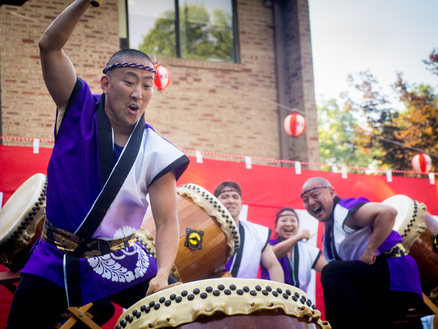 Greg performing at Obon 2016 - Photo by Mike Gallan Greg performing at Obon 2016 - Photo by Mike Gallan by Greg Nakamura Like some kids, my formal musical training began in the third grade, when I started piano lessons. In fifth grade, I took up the euphonium, which I’ve now been playing for 30 years. I’ve been a band director in public schools for 15 years and a Nen Daiko member for 17 years. During that time as both a student and teacher, there are many tips that I’ve picked up regarding practicing a musical instrument. Some I learned as a student, and some I’ve learned from fellow music teachers. One thing that I’ve realized is that the skills we learn as we practice music are applicable to achieving any goal. What goal are you hoping to achieve? You can apply these tips to any goal you might be working towards. Tip #1: Keep a Practice Log or Journal
For my elementary students, I have them complete weekly practice charts to track how many minutes they practiced. It is a simple tool that, combined with encouragement and guidance, can help motivate students to keep practicing at home. However, when I was in college I learned about using a practice log or journal. This goes beyond simply logging time, but also helps make practicing more effective. Part of the journal is to set a goal for each practice session, which helps focus your practicing much more effectively. The practice journal also helps with:
To achieve your goal, how could you keep a journal or sketchbook? *** Tip #2: Set Aside Focused Time and Space For my elementary school students, I ask them to practice 60 minutes per week. I encourage them not to do the whole hour all at once because their lips will fall off. (While this may not be the actual effect, I do explain that shorter pockets of time consistently is often more valuable than “binge practicing” once in awhile). I encourage families to create a dedicated practice area with the music stand set up. Students can put their instrument together when they get home and have it ready even if they don’t feel like practicing right away. A teacher once told me, “The hardest part of practicing is opening the instrument case.” Practicing 5-10 minutes per day may not sound like much, but it adds up. Also, if you tell yourself that you will practice for just five or 10 minutes, you might be more likely to do it than if you think it must be 30-45 minutes. To achieve your goal, how could you create a dedicated place and time? *** Tip #3: Break Goals Down into Little Steps to Practice Over and Over Learning to play an instrument involves many sub-tasks and challenges, so it is important to break it down and identify as many sub-tasks / challenges first, and then practice each step separately over and over. For example, they need to learn how it feels to use the amount of air that a wind instrument requires, or even something more basic, such as how to properly assemble the instrument. Once I establish the sub-task, I then tackle each one on its own. As my students learn the basics, I also try and work on developing their muscle memory through repetition. If they learn and internalize incorrect techniques in the beginning, they will face frustration later when they have to unlearn those items. My students often do not have the skill set to break up a larger task into smaller parts, so I break it down for them. It’s a great life skill to see a goal as a whole and figure out its components. In addition, understanding that you need to master smaller simpler tasks before being able to attempt putting them together will also help later in life. To achieve your goal, how could you break up a larger goal into something small and achievable? *** Tip #4: Use Motivational Tools For some people, seeing progress represented visually is motivating. At school, we use charts where the kids can earn a star or a “belt” (following the karate color scheme). I will also use stickers. Another example is something I picked up from a mentor, which is for my flute players. It is a grid consisting of combinations of two different notes. Kids demonstrate they can transition between two notes, which on the flute can be a challenge for young players. When the student demonstrates the skill, they color a grid with highlighters – and they like coloring. You might think colorful charts are for kids, but it can work for adults too. People are into coloring books these days – what about coloring goal charts on your fridge? My best motivational tool is knowing I have a performance coming up. So for adults, a motivational tool might be signing up for events where you have to perform your skill. To achieve your goal, how could you track your progress visually or set deadlines? *** Tip #5: Listen to the Pros I recommend that my students watch videos or live performances of professional musicians. Different players have different approaches to a piece. I encourage my students to get a feel for what they like and note it in their practice journal. It helps you develop preferences for your own performances. The more you listen to good players, you have that sound in your head. On social media or podcasts, you can follow professionals to see their videos or photos for inspiration. In taiko, it’s fun to research a piece like Omiyage, a composition that is played by many taiko groups. It is inspiring to see how each group interprets the piece. It helps us think about both what we like, and what we might do differently. (Keeping note in our journal or log, of course). To achieve your goal, where can you go to see or hear others, either for comparison or inspiration? *** Tip #6: Seek Guidance/Support My students see me once a week in a large class, so a private teacher is essential if they want to progress more quickly. Another way to progress is to find a group of like-minded people in an in-person or virtual group – such as Nen Daiko! I also learn from mentors who explain how they worked through the same challenges and act as a sounding board. Private teachers, groups, and mentors provide accountability. You tend to practice more before you see them next. To achieve your goal, who could you seek to act as a teacher, group, or mentor? |
Archives
October 2023
Categories
All
|
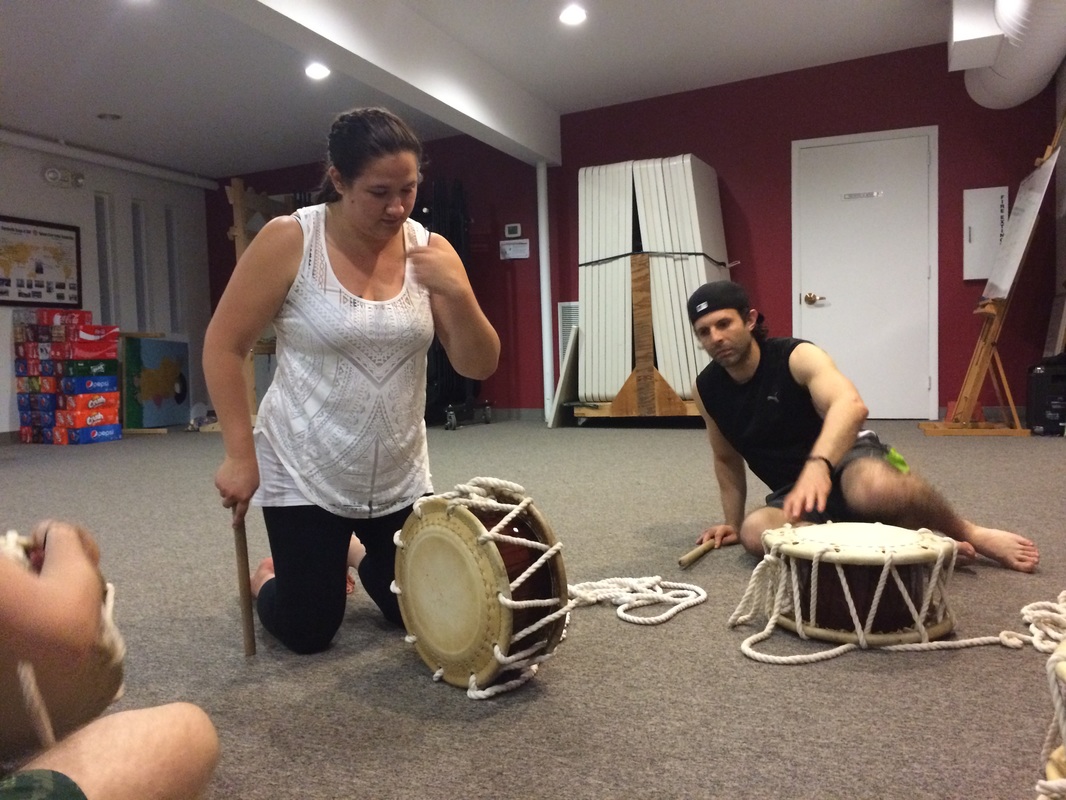
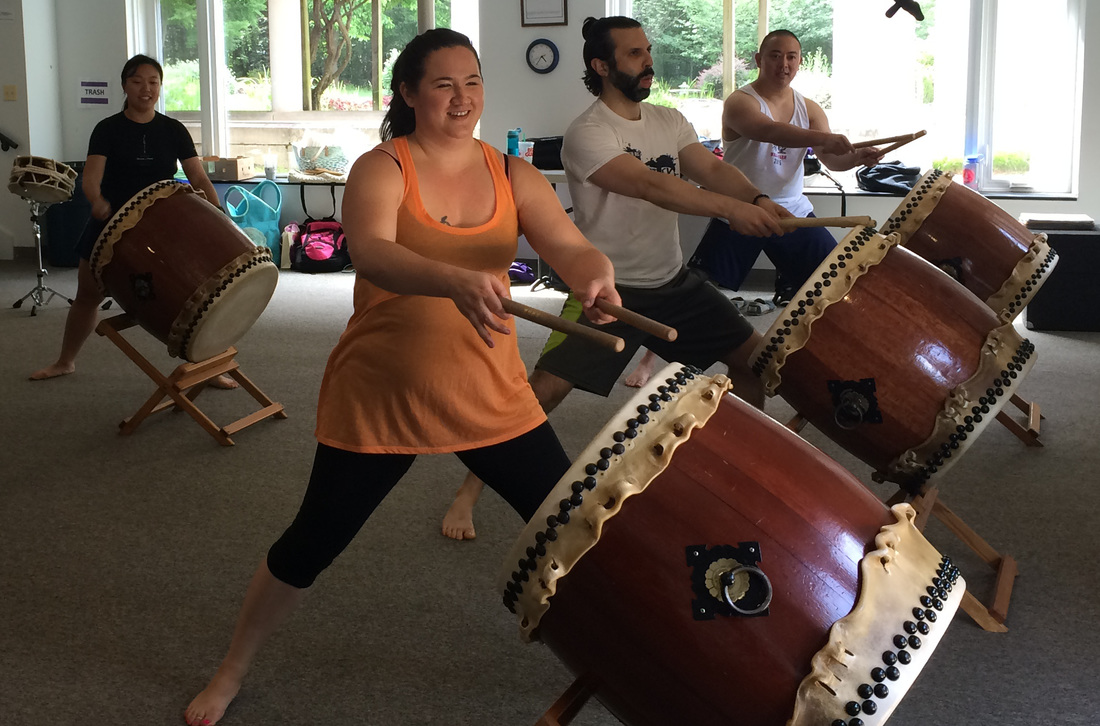
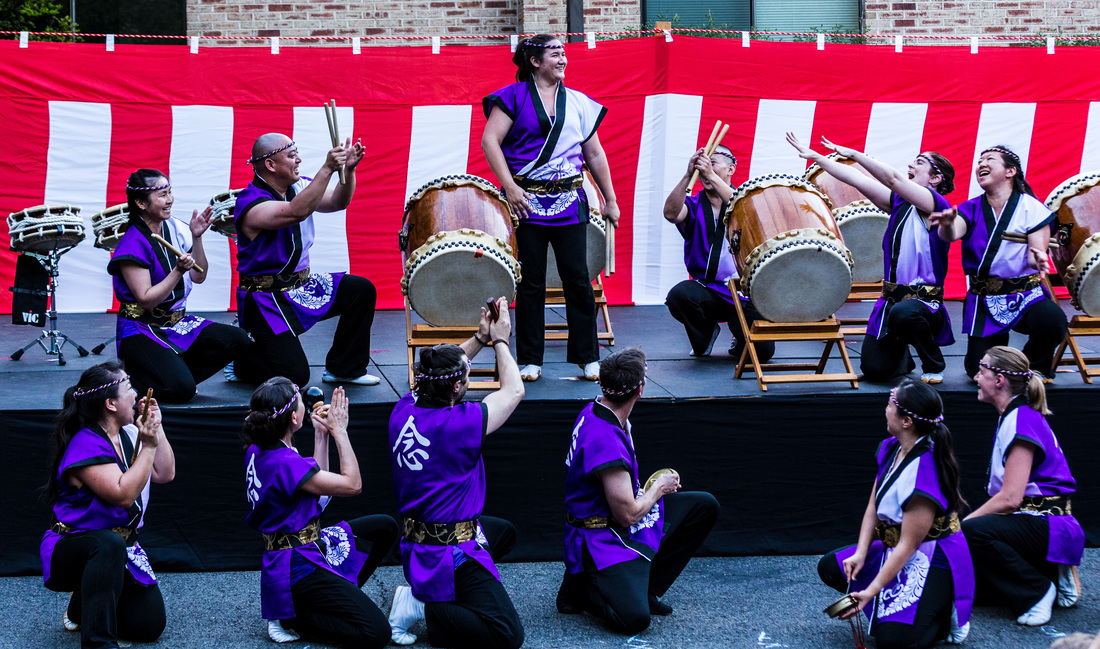
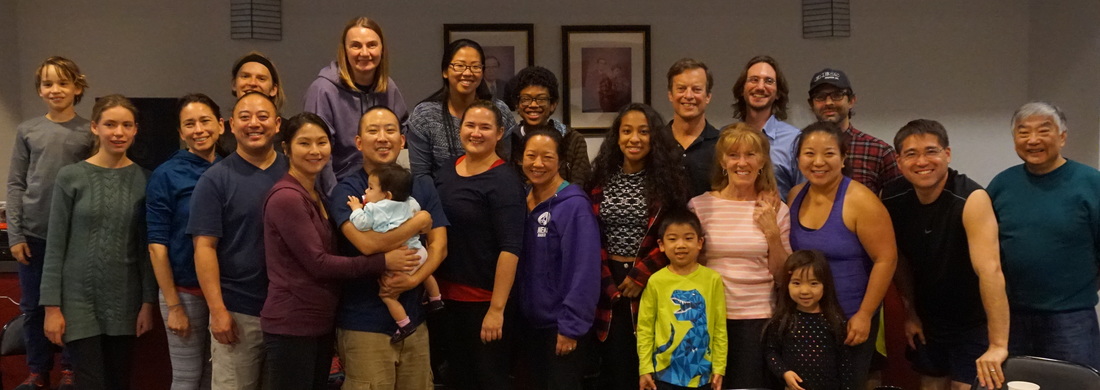
 RSS Feed
RSS Feed